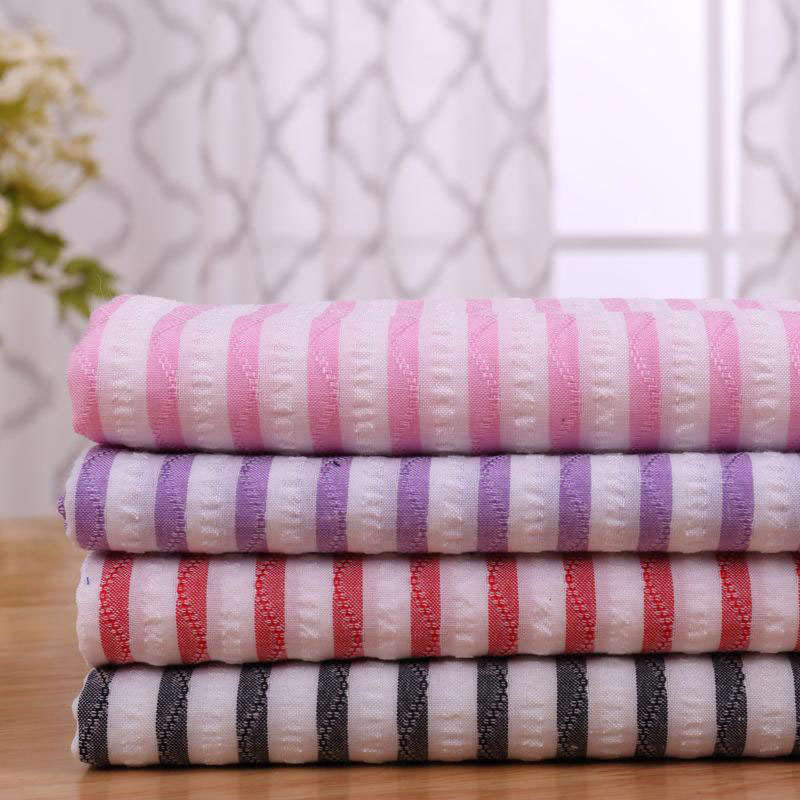In today’s dynamic textile industry, understanding the latest trends and innovations is paramount for both consumers and manufacturers. Fabric types play a crucial role in determining the quality and application of garments. This article explores various fabric types, their roles in fashion, and the significance of sustainability in textile production.

The fabric landscape is vast and diverse, comprising materials like cotton, wool, silk, and synthetic blends. Each type brings unique qualities to fashion design:
.jpg)
Sustainable materials are gaining traction in the fashion sector. Many brands are shifting towards eco-friendly fabrics like organic cotton, TENCEL™, and recycled polyester. These materials not only contribute to environmental conservation but also meet the demands of today’s conscious consumers.
.jpg)
Quality fabrics not only enhance the aesthetics of clothing but also ensure durability. Engaging in quality assurance processes, manufacturers can guarantee that their fabrics meet both consumer expectations and industry standards.
As the fabric and textile industry continues to evolve, staying informed about fabric types, fashion trends, and sustainable production methods will empower consumers and retailers alike. By prioritizing quality and sustainability, we can elevate our style while also supporting a healthier planet.
